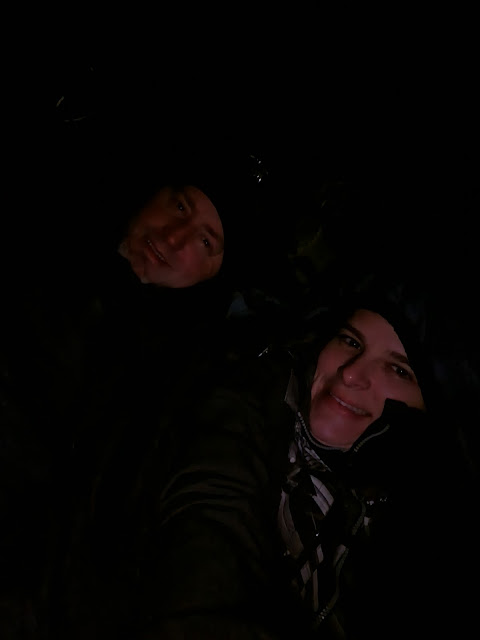November 18th, 2023. Meteor showers are a great opportunity to enjoy the wonders of the night sky and experience nature at night. There are several meteor showers that occur every year, some that recur annually and some that you may only have one chance in a lifetime to see.
Meteors are small pieces of space rocks (asteroids or comets) the break off and enter the Earth's atmosphere. Meteor showers occur as the Earth passes through debris left by the space rock as it orbits around the sun. Meteors radiate from a point in the sky called the radiant and appear as a streak of light or a "shooting star" moving across the sky.
Here are some things to consider when planning an outing to view meteors (or any anything else in the night sky!):
What is the weather going to be like? If it is cloudy, or smoky from a wildfire, you may not be able to see the night sky. Also consider the temperature and how you will need to dress to be comfortable.
What is the moon phase? The closer the moon is to the new moon phase (when it is not visible) the darker the sky will be. Although a full moon can be fun to observe, it is bright and does not create ideal conditions for viewing other objects in space.
When does the moon rise and set? Before moonrise or after moonset are the best times to watch meteors because there will not be light in the sky from the moon.
What part of the sky will the meteor shower radiate from (where is the radiant)?
When is the meteor shower estimated to peak? Meteor showers often occur for a period of several days. During the peak time there will be the highest number of meteors per hour.
Plan on spending a couple hours or more to increase your chances of observing several meteors.
Pick a viewing spot away from any cities/towns or sources of light. In general, avoid any light sources. Make sure the location has a clear view of the portion of the sky the meteor shower will radiate from. When you arrive, avoid white light sources, it can take 15 to 20 minutes for your eyes to adjust to the dark.
Choose a red light for your headlamp or flashlight. Red light preserves night vision, is not attractive to many bugs like white light is, enhances your ability to read and view images in the dark and provides a better experience for those around you since it preserves their night vision too!
Recommended packing list:
- Clothing, head, hand and foot ware appropriate for the weather. In cold weather it is important to bring plenty of layers. Bring more warm items than you think you will need, especially if it is windy. Air activated disposable hand warmers are also a nice addition.
- Camping pad, air mattress and/or comfortable chair.
- Snacks and plenty of water.
- Blanket or sleeping bag.
- Headlamp or flashlight with red light.
I recently spent a night with my husband observing the peak of Leonid meteor shower at Aefintyr campground in Elba, MN. The forecast was clear skies, very little wind, relatively warm weather, the moon was only a small percent full and set early in the night. Perfect conditions and being it was a Friday no work the next day! We headed up to the blufftop at Aefintyr around 11:30 pm. Being that it was November in Minnesota we dressed for a winter night with snowpants, coats, mittens, hats and handwarmers. I could see frost on the north side of the bluff as we made our way up the trail. We also brought a double air mattress and our sleeping bags. We were able to see a few meteors originating in the eastern sky. We could hear the sounds of agriculture (corn dryer and trucks) for a while in the distance. Also, the resident coyotes howling and yipping intermittently in the distance and a very slight breeze rustling the few leaves remaining on the trees. We ended up both falling asleep, cowboy camping style right out in the open, until about 4 am. It was very relaxing!


Comments
Post a Comment